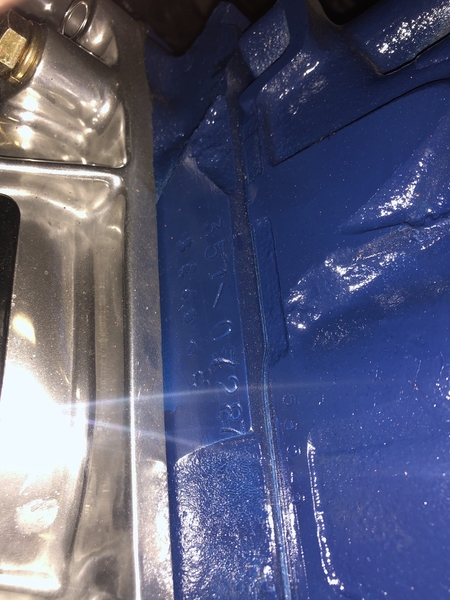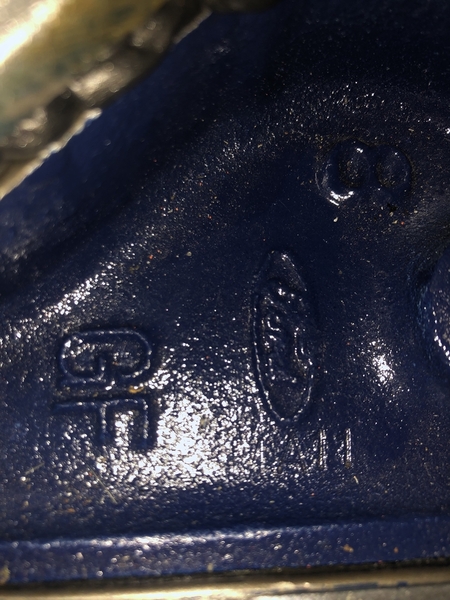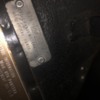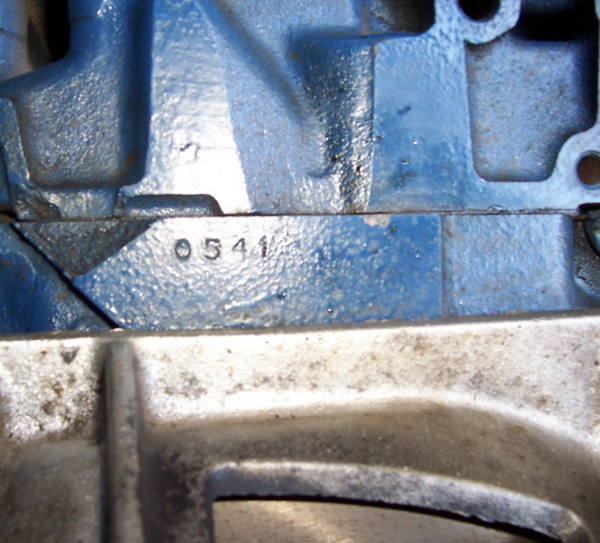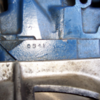First off, you need to differentiate between the term "GF stamped" and "GF cast".
The GF from the Australian foundry is part of the casting of the block. Not stamped in.
The Pantera "assembly plant" in Italy is the one that stamped in, "theoretically" matching numbers to the engine "id plate" attached to the Pantera. I can't call it the "Detomaso" factory because Ford had actually bought out Detomaso, owned Vignale and everyone worked for Ford.
There has been some circumstantial evidence that they don't always originally match, although it is thought that they are supposed to originally as assembled in Italy.
It was done in order to identify the original, as supplied by Ford, engine assembly for US WARRANTY PURPOSES. Not to make us crazier then we already are? Well alright, not to make ME crazier but I don't think that's possible? I'm already pretty maxed out?
US built cars of that era would have had the vehicles chassis number stamped into the block for the same purpose.
Now, the block. There is NO difference in the casting of the US Cleveland blocks and the Australian Geelong blocks for regular production. The confusion is caused by some of the US Automotive journalists initially refering to what was actually a special race casting for use here in the US as "the Australian Block". It is an inaccurate statement and just because the block may have been cast at Geelong in Australia, doesn't automatically make it a NASCAR SK block.
That block does have the GF casting ID but is ONLY identified as an SK part number (engineering number cast in in place of the D2AE-CA 4 bolt production block). That and the thicker main webs in the block and a solid casting of the oil pan rails, which acted as a main girdle would, identify the SK/NASCAR/AUSTRALIAN BLOCK.
To add additional confusion, the SK castings made for racing, that did not pass inspection (largely due to core shift meaning the bore cylinders which are inserted into the block castings separately were inserted off center) were not thrown away in Australia but put into use as blocks for regular 2 bolt production engines, mostly in trucks, have turned up in Australian salvage yards (we used to call them junk yards here) just to compound the confusion further.
The SK/NASCAR RACING BLOCKS were only available in the US through the Ford Service Parts program. Each came with a certificate of authenticty, the invoice to the original purchasing dealer AND an x-ray report showing the cylinder thicknesses at multiple locations.
The blocks themselves are right around 25 pounds heavier the the production D2AE-CA 4 bolt blocks as virtually everything in them is thicker.
To fully document the correct SK racing block you actually NEED the original US Ford Service Parts document that came with the block when sold across the counter new. You in fact MAY have one now BUT all that could be said accurately about it without that document is that it MIGHT be a racing block.



